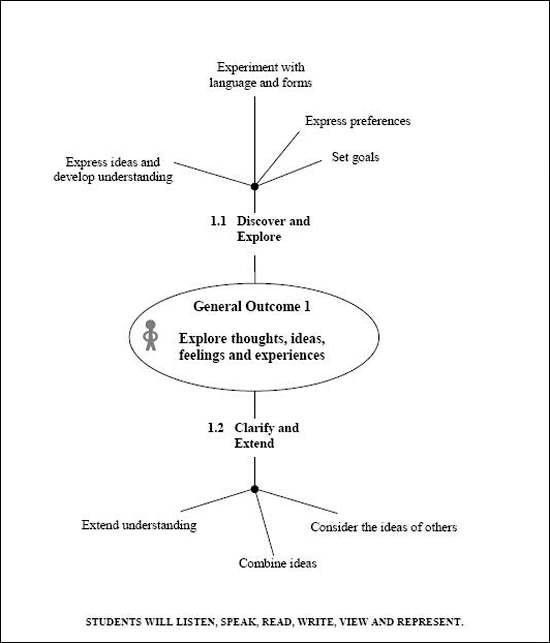- Alberta Program Of Studies Math Illustrative Examples Of Traditional Curricular Activities
- Alberta Program Of Studies Math Illustrative Examples Of Traditional Curricular Skills
Clarification of Math Program of Studies The updated Alberta Mathematics Kindergarten to Grade 9 Program of Studies and the teacher support resource Alberta K–9 Mathematics Achievement Indicators are now available on the Alberta Education mathematics webpage. Alberta has identified standards for curriculum and assessment, as well as for student achievement. Thus, the Alberta Thus, the Alberta standards are explicitly integrated with curriculum and instruction, and describe grade-by-grade standards, as do the CCSS. Grade 2 mathematics curriculum guide - interim 1 intrOductiOn The province of Newfoundland and Labrador commissioned an independent review of mathematics curriculum in the summer of 2007. This review resulted in a number of significant recommendations. In March of 2008, it was announced that this province accepted all recommendations. For example, what do they think each symbol means and what shapes are used to create each symbol? Support students to see that the symbols are created from different lines and shapes. For example, the symbol for 'fence' is made up of four diamonds and the symbol for 'five tufts of hair' is comprised of five circles.
Skills available for Alberta grade 5 math curriculum IXL's grade 5 skills will be aligned to the Alberta K-9 Mathematics Achievement Indicators soon! Until then, you can view a complete list of grade 5 objectives below. Assessment is based on the learner outcomes. Criteria represent synthesized statements of big ideas derived from knowledge and skill outcomes from the Alberta Program of Studies. The rewriting of Alberta’s Social Studies curriculum is turning into an educational travesty.The concept of teaching history is out of style, it seems. For example, we are told that Social.
Alberta Program Of Studies Math Illustrative Examples Of Traditional Curricular Activities

